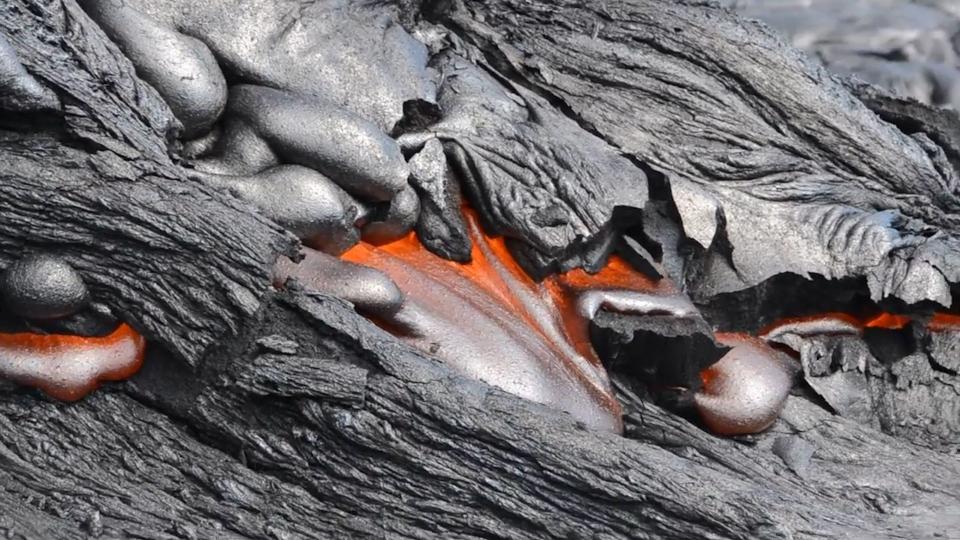18 American volcanoes get a 'very high' threat rating from the USGS

Of the 161 volcanoes found in the United States, 18 of them are considered a "very high" threat in any eruption scenario.
That's a stat from the "2018 update to the U.S. Geological Survey national volcanic threat assessment." As the mouthful of a title suggests, the report lays out which volcanoes in the U.S. have the greatest chance of erupting. The last such report from the USGS was issued in 2005.
SEE ALSO: Volcanoes, ranked
At the top of the list, unsurprisingly, is Hawaii's Kilauea, which caused so much damage and devastation over the summer. The next two after that, both found in Washington state, are Mt. Saint Helens and Mt. Ranier, respectively.
Of the 18 volcanoes to receive the maximum "very high" threat rating, 11 are found inside the continental U.S., spanning the states of Washington, Oregon, and California. Only two are found in Hawaii: Kilauea, and the 16th-ranked Mauna Loa. The other five are located in Alaska.
Which #volcanoes are the most threatening in the U.S.?
Hot off the Press - 2018 update to @USGS Volcanic Threat Assessment. https://t.co/eAzJyRzP6d
Guess what, #Kilauea is #1. pic.twitter.com/5upgfQwwz2— USGS Volcanoes🌋 (@USGSVolcanoes) October 24, 2018
To be clear: A "very high" rating doesn't necessarily mean a volcano is more likely to erupt. It's simply an indication of the threat such an eruption represents. Proximity to population centers and — more in the case of the Alaskan volcanoes — air traffic routes, then, is perhaps one of the biggest considerations in this threat assessment.
The level of threat is also influenced by what would happen during an eruption event. As we saw over the summer, Kilauea's eruption was characterized largely by the heavy flow of lava. Alternatively, an eruption at Mt. Saint Helens is more likely to explode, sending rock, snow, and ice outwards and potentially in the direction of nearby population centers.
Given the way these ratings work, it's not too surprising that the 18 volcanoes to rate as "very high" threats are holdovers from the 2005 report. It's not like the cities situated in close proximity to each one up and moved in the 13 years since the last report.
It's a lengthy report and it can get a little dense at times. But the whole thing is available online for amateur volcanologists to read at their leisure.
[h/t The Verge]
WATCH: Get lost watching this mesmerizing lava gush and cool


